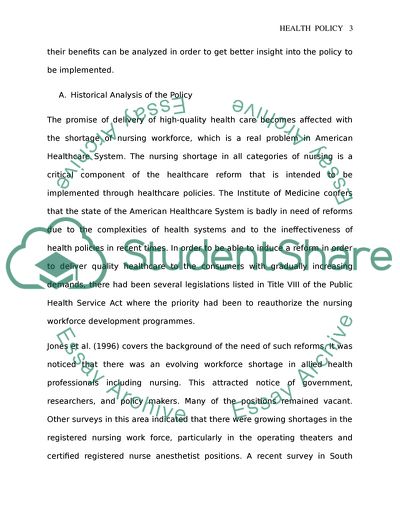Cite this document
(Nurse and CRNA Workforce Development: Health Policy Analysis Term Paper, n.d.)
Nurse and CRNA Workforce Development: Health Policy Analysis Term Paper. Retrieved from https://studentshare.org/health-sciences-medicine/1733274-health-policy
Nurse and CRNA Workforce Development: Health Policy Analysis Term Paper. Retrieved from https://studentshare.org/health-sciences-medicine/1733274-health-policy
(Nurse and CRNA Workforce Development: Health Policy Analysis Term Paper)
Nurse and CRNA Workforce Development: Health Policy Analysis Term Paper. https://studentshare.org/health-sciences-medicine/1733274-health-policy.
Nurse and CRNA Workforce Development: Health Policy Analysis Term Paper. https://studentshare.org/health-sciences-medicine/1733274-health-policy.
“Nurse and CRNA Workforce Development: Health Policy Analysis Term Paper”. https://studentshare.org/health-sciences-medicine/1733274-health-policy.


